If you’ve ever been faced with the question, “What is the correct possessive form of turkey: turkeys’ or turkey’s or turkeys?” you’re not alone. It can seem a little tricky, especially because they sound the same. But there is an answer, and it all depends on whether you are talking about a group of turkeys or just one turkey.
In this article, we’ll explore all aspects of this tricky possessive form so that you can determine which version to use in your writing.
Table of Contents
What Is the Possessive Form of Turkey?
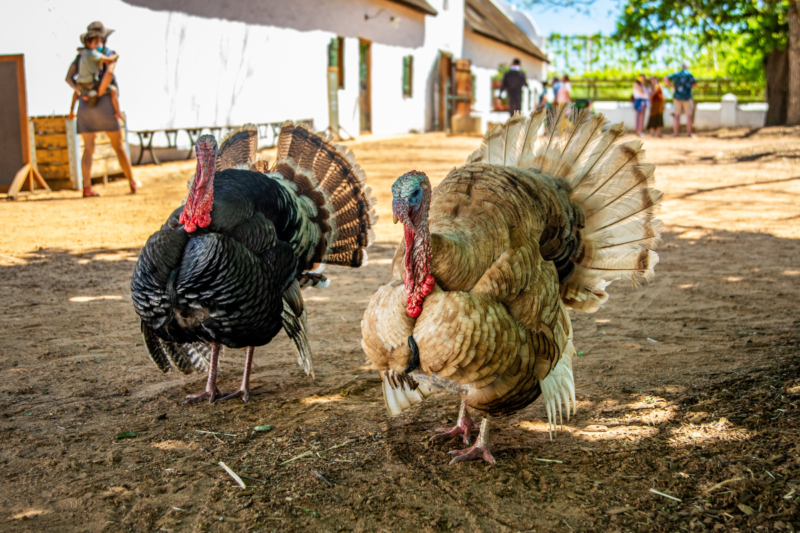
The possessive form of the noun “turkey” is always “turkey’s” with an apostrophe and an “s.” The plural form of the noun is “turkeys,” and when forming the plural possessive, you add an apostrophe after the “s” at the end of the plural form of the word, forming “turkeys’.”
Usage Examples
It is important to note that when a plural noun ends in “s” such as “turkeys”, only an apostrophe needs to be added at the end to make it possessive. Here are some examples of the possessive “turkeys'” used correctly in sentences. And before you snort in derision, I know what the construction “possessive turkeys” sounds like, but if you’ve ever had dealings with them, you’ll find it’s an apt descriptor. Turkeys can be mean.
Anyway, back to our examples:
The turkeys’ feathers were iridescent in the sun.
I heard someone say turkeys’ wings were too small for flight.
The farmer was proud of his turkeys’ progress this season.
When referring to a single turkey, you need to add an apostrophe and an “s” at the end like so: The turkey’s feathers were iridescent in the sun.
What Does Turkey Mean?

According to Merriam-Webster, the word turkey has multiple definitions. However, in our case, we’re referring to the North American bird of the same name. The turkey is a large, domesticated bird native to North America and is typically served as food for special occasions like Thanksgiving or Christmas.
The word “turkey” has an incredibly complicated history. It first appeared in English in the 1550s and was used to refer to the guinea fowl, a species of bird native to Africa. The name was likely derived from the Turkish merchants who imported them into Europe.

In French, turkeys are named after India, while in Portuguese, they are named after Peru. This is because when Europeans first encountered these birds in North America, they thought they had come from those countries.
The word “turkey” can be traced back to Medieval Latin Turchia, Turquia. This was derived from the Old French Turquie and ultimately referred to the land of the Turks.
Today, Americans use the term “turkey” for both the country and the bird. But it’s interesting to note that while turkeys are native to North America, their name is derived from a country thousands of miles away!
So, now, let’s take a closer look at the possessive form of turkey.
What Are Genitive Forms?
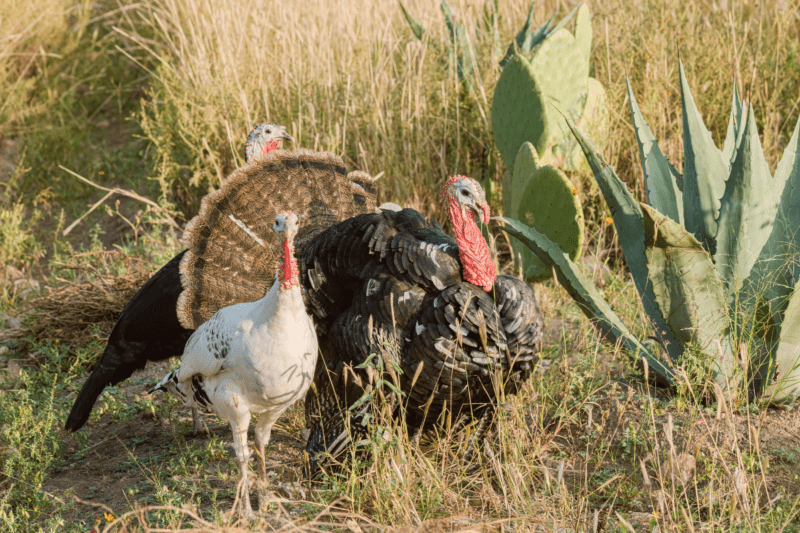
Whether it’s “turkeys'” or “turkey’s,” you’ve probably seen both forms used when talking about possessions. In English, possession is generally denoted by adding an apostrophe and an s (‘s) to a noun. This is called a genitive form and works for singular and plural nouns.
So, when used in reference to objects, “the turkey’s feathers” indicates that the feathers belong to the turkey, while “John’s mother” shows the association between John and his mother. No, it doesn’t mean he owns her. It just shows the relationship. In short, genitive forms indicate possession or associations in English.
You may also encounter some exceptions to the “‘s” rule, like if you’re talking about a pronoun. For example, “hers” (she owns it) is correct, while “he’s” (he owns it) is not. Instead, you would use “his.” Or when talking about plural or singular nouns ending with an “s” sound like busses or horses, we don’t use an additional “‘s” – just “the busses’ exhaust pipes” and “the horses’ manes.”
Singular Possessive: Turkey’s
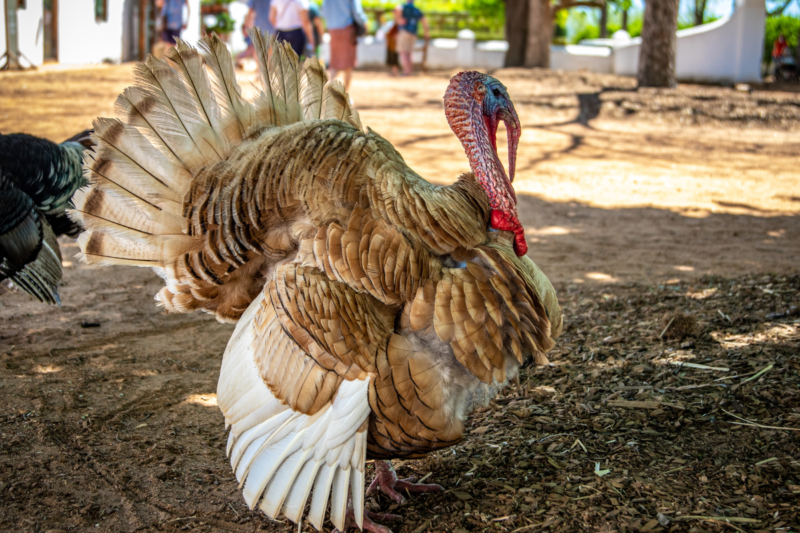
Now, let’s talk about the singular possessive form of turkey. As with other animals and objects, you use the apostrophe and “s” to make the noun possessive. So, the correct form is “turkey’s.” Here are a few examples that demonstrate how this looks in context:
I found a wild turkey’s nest in my backyard.
The farmer was surprised that the turkey’s demeanor was so gentle.
The turkey’s feathers were stunningly iridescent.
Remember, when making a singular noun (and some plural ones) possessive—like “turkey” here—you should always add an apostrophe and an “s” after it. There should never be an apostrophe by itself.
Is Turkey’s Always Singular Possessive?
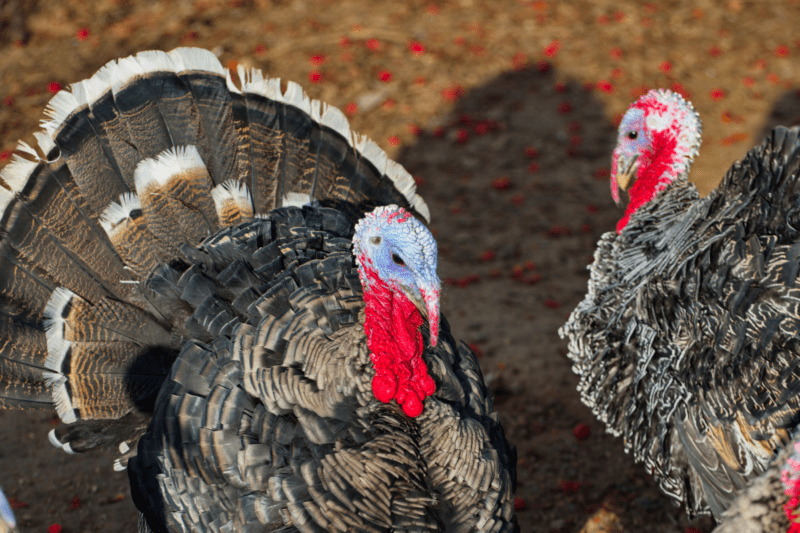
Turkey’s isn’t always indicative of singular possessive because it can also represent a contraction: “turkey’s” instead of “turkey is.” Yes, English can be annoying. Luckily, you can easily tell which one it is through context. If you can replace “turkey’s” with “turkey is” in the sentence, and it still makes sense, then it’s a contraction.
Example
Let’s look at this example sentence:
The turkey’s aggressive attitude scared the children.
We can’t replace “turkey’s” with “turkey is” here, so we know it’s the possessive form. The sentence indicates that the aggressive attitude belongs to the turkey.
If you tried replacing “turkey’s” with “turkey is” in this sentence, you end up with the following:
The turkey is aggressive attitude scared the children.
As you can see, that makes about as much sense as a unicorn swimming the English Channel.
Granted, you could say:
The turkey is aggressive, and that scared the children.
However, you changed the construction of the sentence for it to make sense.
Let’s look at a sentence with “turkey’s” as a contraction.
The turkey’s chasing the dog down the street. (Something is very wrong with this picture.)
In this sentence, we can replace “turkey’s” with “turkey is,” and the sentence still makes sense:
The turkey is chasing the dog down the street.
This sentence indicates a turkey actively chasing something (poor mutt), not a possessive form of the word. So “turkey’s” is a contraction in this sentence.
To emphasize the possessive form, you could rephrase it as:
The turkey’s pursuit of the dog down the street.
This construction indicates a possessive noun, as “turkey’s” cannot be replaced with “turkey is” in this sentence. However, no matter how grammatically correct it is, it’s clunky and awkward.
Plural Possessive: Turkeys’
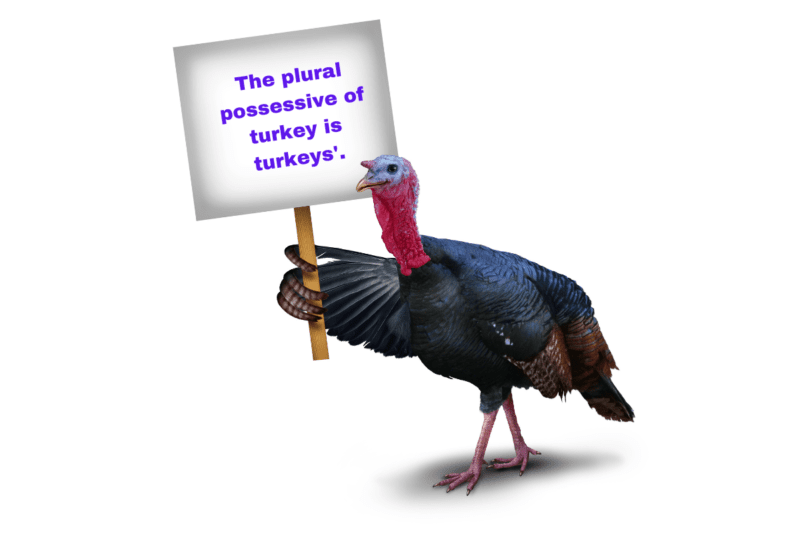
So, the correct possessive form of “turkeys” is “turkeys’.” The apostrophe that marks the possessive form indicates that the noun has multiple owners. So instead of saying, “the turkey’s wings,” which implies one turkey owns all the wings (woah! It might actually be able to fly!), you would write, “the turkeys’ wings.”
To break it down further – when forming the singular possessive, add an apostrophe and an “s.” For example, if you were referring to one turkey, you would say, “the turkey’s feathers.” When forming the possessive plural form, you only add an apostrophe after the word. No extra letters are needed.
Here are a few examples of how to use plural possessives:
The turkeys’ eggs are nestled safely in their nest.
The turkeys’ racket alerted the farmer to an intruder.
The turkeys’ wings flapped a mile a minute in irritation. And yet, they still couldn’t take off.
Plural Form: Turkeys
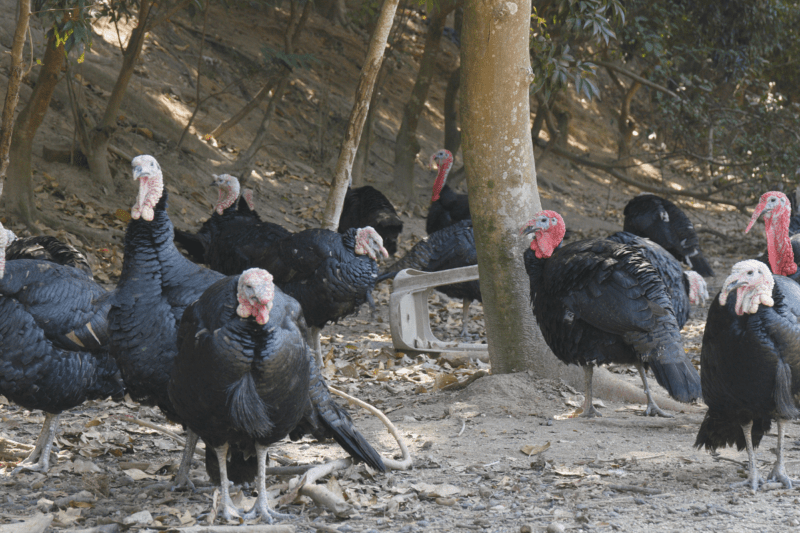
“Turkeys” is the plural form of “turkey,” meaning that there’s more than one of them. So they’re louder and scarier. I once saw a man chased down the road by a recalcitrant turkey. I don’t want to imagine what more than one can do if you annoy them.
You may ask yourself, “why isn’t it turkies like country becomes countries?” While there are certain nouns like mouse/mice and goose/geese that do not form their plurals the same way regular nouns do, this is not the case when it comes to turkeys.
It all has to do with the fact that turkey ends in “y.” Luckily, the rules for words ending in this letter are pretty straightforward. If the “y” follows a consonant, like country, lady, or ally, you change the “y” to an “i” and add “es.” So, country becomes countries, lady becomes ladies, and ally becomes allies.
On the other hand, if the “y” follows a vowel, like turkey, boy, or display, you simply add an “s” to the end. Therefore, turkey becomes turkeys, boy becomes boys, and display becomes displays.
When Should I Use an Apostrophe for Plurals?
It can be tricky to figure out when to use an apostrophe for plurals. Generally – like in 99.99999% of cases, you don’t use an apostrophe when writing the plural of a word. And that 0.00001%? Well, those are situations that aren’t worth mentioning here (but we will discuss them in another article.) In general, add an apostrophe and an “s” when you need to make a word possessive. For example:
The turkey’s feathers were constantly falling off. (Singular possessive. Note – He probably deserved it.)
The farmer’s turkeys were especially well-fed. (Plural)
All the turkeys’ eggs had been collected from the nest. (Plural possessive)
Also, remember that numbers and abbreviations sometimes require an apostrophe and “s” to show possession. For example, “The 1990’s trends are making a comeback” or “The CEO’s office.”
How to Properly Use Apostrophes
Your writing skills just got a boost: you know that when it comes to the possessive form of turkey, it’s turkey’s, not turkeys.
So how can you be sure you’re using apostrophes correctly in your writing? Here are some tips:
- Use apostrophes to show possession. Whenever a noun or pronoun owns something, an apostrophe marks the ownership. For example, if you wanted to say that the turkey has a hat, you would write “the turkey’s hat.”
- Use an apostrophe for contractions. A contraction is when two words are joined together to form one; for instance, “don’t” is a contraction for “do not.”
- Don’t use apostrophes with possessive personal pronouns such as his and hers. For example, if the turkey belongs to him, it would be written as his turkey—no apostrophe needed!
- When in doubt—look it up! Doing a quick Google search can help clear up any confusion when using apostrophes correctly in your writing. Alternatively, you can poke around our site, and maybe we’ll have the answer for you, like the article on the correct possessive form of country. If we don’t, feel free to reach out to us by email, and we’ll be happy to help!
You Are Now Safe from the Turkey’s Wrath
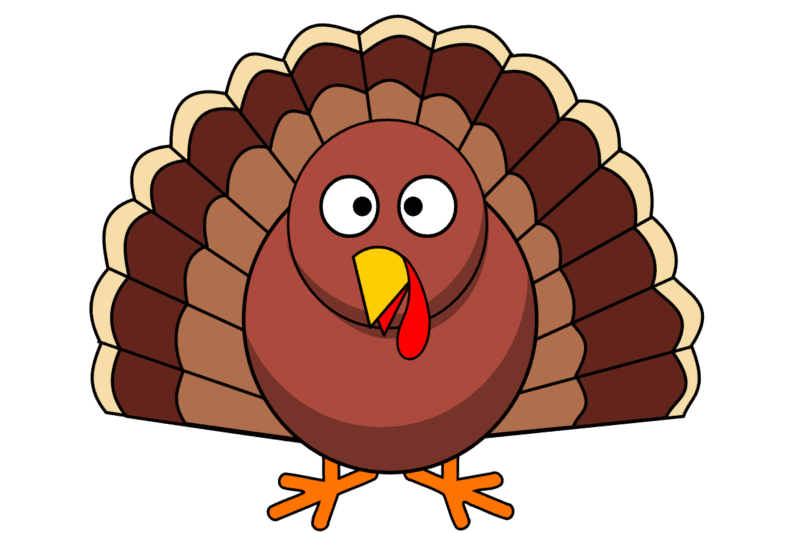
You can rest easy knowing you are safe from the turkey’s wrath because you won’t get the possessive form of turkey wrong. However, to be on the safe side, let’s recap.
When it comes to the possessive form of turkey, the correct usage is “turkey’s.” If you’re talking about more than one turkey, aka a gang of turkeys (yes, that’s the word for a group of turkeys – told you they were mean), then you’d use “turkeys’.”
Now go forth and write without fear of reprisal from a gang of turkeys for messing up their possessive form. You know, because they’re touchy like that. Gobble gobble!

